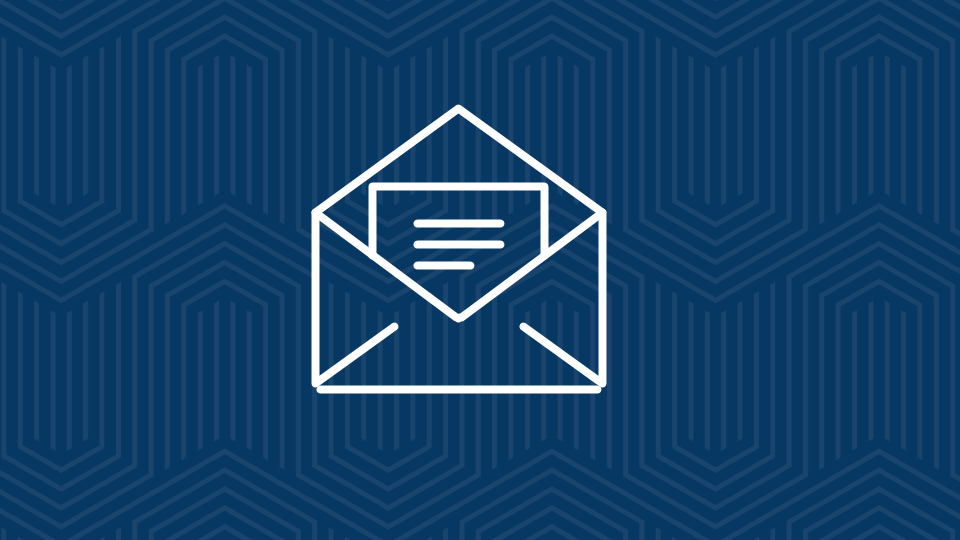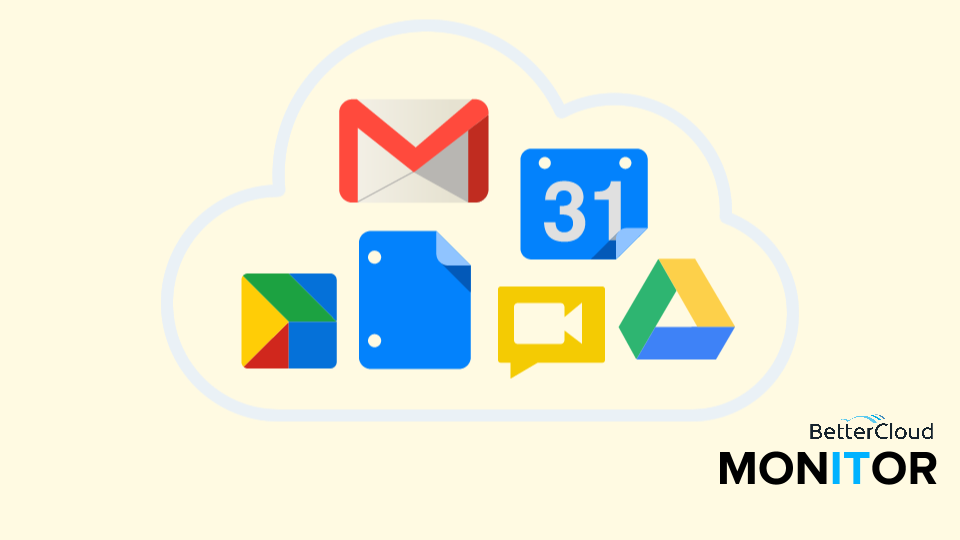4 Steps to Migrating Data and Employing Additional Tools
3 minute read
You’ve already been through the Google Apps Setup Wizard, understand what data will be able to migrate, and recognize the differences between your legacy system and Google Apps—now you need to transfer the bulk of your data into Google Apps and redirect your MX records to point to Google’s servers.
1. Flipping the Switch
With Google guides and tools available at your fingertips, overseeing a full scale migration can be less daunting. Remember if you’re migrating from Microsoft Exchange, examine the Google Apps Migration for Microsoft Exchange Administration Guide (PDF) and download the accompanying tool.And if you’re moving from Lotus Notes, read through the installation and administration guide (PDF) and accompanying video tutorial.
Follow the support manuals and videos provided by Google because every migration is different. Again, if you need additional help with your migration, a Google Apps reseller is a terrific resource.
Remember, it’s best to allow for time when conducting your migration. It’s a good idea to conduct your migration over the weekend, to allow time for any issues that might arise. The speed and quality of your connection will determine your migration speed. When employees arrive Monday morning, be sure to send an email alerting them of the changes and instructions for logging into their new Google Apps accounts.
2. Redirecting Mail to Google Apps
You can finish setting up Mail through Google Setup Wizard while you wait for all your data to successfully migrate. Access the wizard by loging into your Gmail Apps domain (www.google.com/a/your-domain.com) and selecting the ‘Setup’ tab. Then go to ‘Set up your apps’, and click on ‘Gmail’.
The guided wizard will instruct you to redirect your MX records, once they are successfully redirected all your organization’s incoming mail will now go to your Google Apps account. Keep in mind, according to Google, that redirecting the MX records can take up to 48 hours, however in our experience the process happens much faster.
Recently, Google has made the process of redirecting MX records considerably easier for the administrator. For instance, if you’ve purchased your domain through GoDaddy, you can now redirect MX records in just a few steps. If you want to manually create your MX records, you can still do so – here’s how.
To update your MX records to use Gmail for your domain:
1. Enter your customer number or login name and password to your GoDaddy.com account
2. Enter the domain name you want to update and click confirm.
The easiest way to redirect your MX records is by purchasing your domain through GoDaddy while signing up for Google Apps. Google will automatically configure the MX records for your domain when you activate mail in the Control Panel, simplifying the process.
3. Post Migration
All your data (mail, calendar, contacts) should now be transferred and working in Google Apps. Run a “delta” migration to transfer any mail that flowed into your legacy while the MX records were being redirected. Expect questions from concerned users regarding the migration.
If you don’t have a helpdesk software on site, you can set up a Google Form where employees can file complaints, questions, and concerns. To lighten your workload and make the transition easier, you may want to designate an expert point person for each department in your organization.
4. The Google Apps Marketplace
Once everyone in your organization has become comfortable with Google Apps, use the Google Apps Marketplace for powerful tools such as security, accounting services, task management and more.
To complement Google Apps with the Google Apps Marketplace, you will first need to allow the Provisioning API. To do so, simply click the ‘Domain settings’ tab and select ‘User settings’, and finally check the box “Enable provisioning API.” Then you can check out the Google Apps Marketplace to search and install your desired software.
At anytime you want to delete a third-party application from your account, just go to the Control Panel’s Dashboard, find ‘Your Marketplace apps’, click ‘settings’ next to the appropriate application and scroll down and click ‘Delete’.
Bottom Line
Migrating to Google Apps will introduce cost savings, an increase in efficiency, and powerful collaboration to your organization. However, you must properly prepare for the move itself by engaging company leadership and setting a timeline. When configuring your new account understand what data will be migrated, as not all data can be transferred. Test out the Google Apps features so you are able to explain to employees how their most heavily used features in the legacy system appear in Google Apps. To ensure employees embrace Google Apps, provide training on the new system with access to support resources. Follow Google’s guides and the tools available to you for any support needed to migrate the bulk of your data. Finally, the Google Apps Marketplace is a great place to find many useful tools to help complement your Google Apps account





